
Deputy Prime Minister Tran Hong Ha requested the hydrometeorological forecasting agency to clearly quantify the impact factors of storms, rainfall, and flood risks on each locality and each stage of natural disasters - Photo: VGP/Minh Khoi
The Deputy Prime Minister emphasized that the developments of storm No. 12 show that natural disasters are still very complicated and extreme, while thinking and response methods still need to continue to be fundamentally innovated.
Storm No. 12 has strong winds at sea, but the most worrying thing is the heavy rain, lasting for many days, which can cause major floods on rivers from Ha Tinh to Quang Ngai, while the water level of many rivers has reached alarm level 2-3.
Therefore, forecasting is extremely important, especially the need to clearly quantify the impact factors of storms, rainfall, and flood risks on each locality and each stage of the natural disaster. On that basis, localities need to grasp the situation, update forecasts, and proactively develop appropriate response plans before, during, and after the storm, especially in cases of extremely heavy rain (800-900 mm, in some places 400 mm in 3 hours).
Specifically, localities must forecast river water levels, the risk of landslides, flash floods and landslides in mountainous areas, and at the same time calculate urban drainage plans, prevent flooding when floods rise, and clearly understand the level of impact to come up with appropriate solutions to minimize damage caused by storms and floods.
The Deputy Prime Minister requested that forecasting units learn from experience, especially in situations where storms overlap storms and floods overlap floods, which are very difficult to predict and extremely complicated.
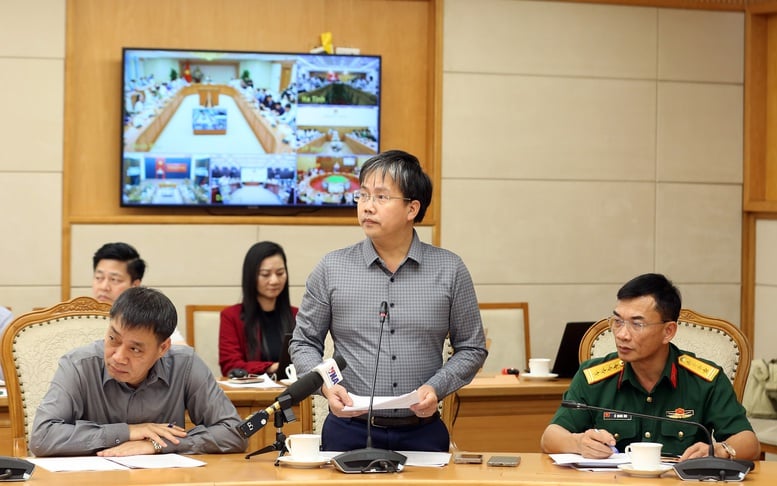
Mr. Mai Van Khiem, Director of the National Center for Hydro-Meteorological Forecasting, reported at the meeting - Photo: VGP/Minh Khoi
Mr. Mai Van Khiem, Director of the National Center for Hydro-Meteorological Forecasting, said that storm No. 12 is currently moving very slowly. It is forecasted that in the afternoon of October 22, the storm will move into the coastal area from Hue City to Quang Ngai and continue to weaken to level 8.
On the night of October 22 and the morning of October 23, the storm weakened into a tropical depression and moved inland from Hue City to Quang Ngai Province.
On the morning and afternoon of October 23, the storm moved to the Southern Laos region, weakening into a low pressure area.
From noon on October 22 to October 27, the area from Ha Tinh to Quang Ngai province will have heavy rain, locally very heavy rain with rainfall in the area from South Quang Tri to Da Nang city generally 500-700 mm/period, locally over 900 mm/period. The area from Ha Tinh to North Quang Tri and Quang Ngai will generally have 200-400 mm/period, locally over 500 mm/period. Warning of heavy rain (>200 mm/3 hours).
There is a risk of widespread flooding from Quang Tri to Quang Ngai and a high risk of flash floods on rivers and streams and landslides on steep slopes in mountainous areas from Quang Tri to Quang Ngai provinces.
It is forecasted that heavy rains will cause flooding in 40 communes/wards of Quang Tri province; 30 communes/wards of Hue city; 27 communes/wards of Da Nang city; and 35 communes and wards of Quang Ngai province.
The meteorological and hydrological forecasting agency has updated the map of flash flood and landslide risks in Quang Tri (41 communes/wards); Hue City (14 communes/wards); Da Nang City (31 communes/wards); Quang Ngai (31 communes/wards).
Up to now, the border guards have notified, counted, and guided 67,937 vehicles/291,864 workers to proactively move around and escape from the dangerous area. Hue City, Da Nang City, and Quang Ngai Province have banned the sea.
The Department of Dyke Management and Natural Disaster Prevention and Control has coordinated with network operators to send millions of text messages warning of heavy rain, floods, flash floods, and landslides to people in provinces and cities from Ha Tinh to Gia Lai.
The Civil Defense Command of Hue City, Da Nang City, Quang Ngai Province, and the Irrigation Investment and Construction Management Board 5 have directed and operated the reservoirs in the basins of the Huong River, Vu Gia - Thu Bon River, and Tra Khuc River to increase discharge flow to reserve capacity to be ready to reduce flooding for downstream areas.
The total capacity of the inter-reservoirs in the Huong River basin is about 581 million m3; the Vu Gia - Thu Bon River basin is 444 million m3; and the Tra Khuc River basin is 182 million m3.
Irrigation reservoirs in the North Central region have reached 78-94% of their capacity; in the South Central region, they have reached 66-80% of their design capacity.
The sea dykes and river dykes from Ha Tinh to Dak Lak have 38 key and vulnerable locations.
The Government Portal will continue to inform about this meeting.
Source: https://baochinhphu.vn/pho-thu-tuong-tran-hong-ha-chu-tri-cuoc-hop-ung-pho-bao-so-12-va-mua-lu-ngap-lut-102251022110512957.htm







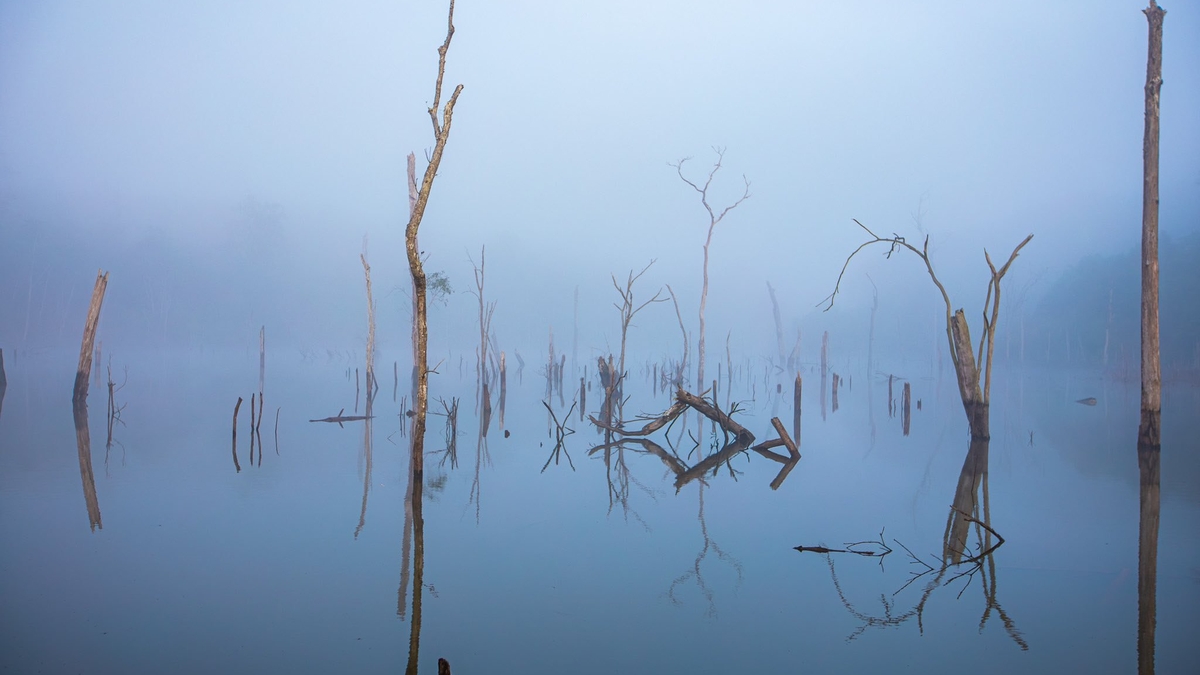


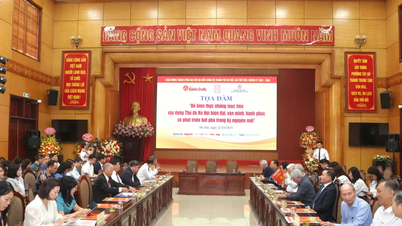














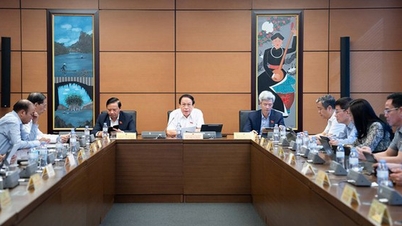
















































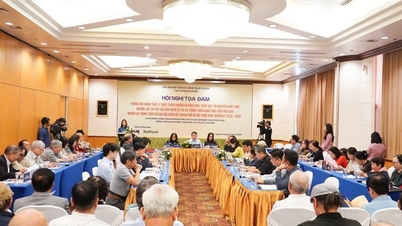


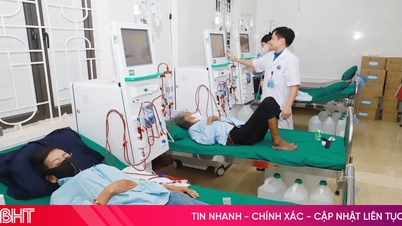

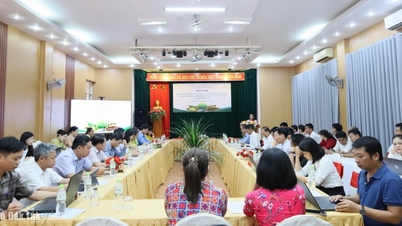



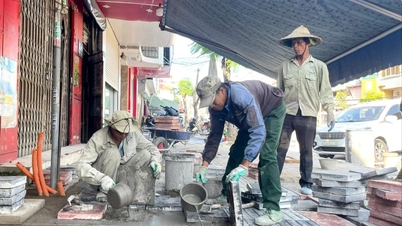


















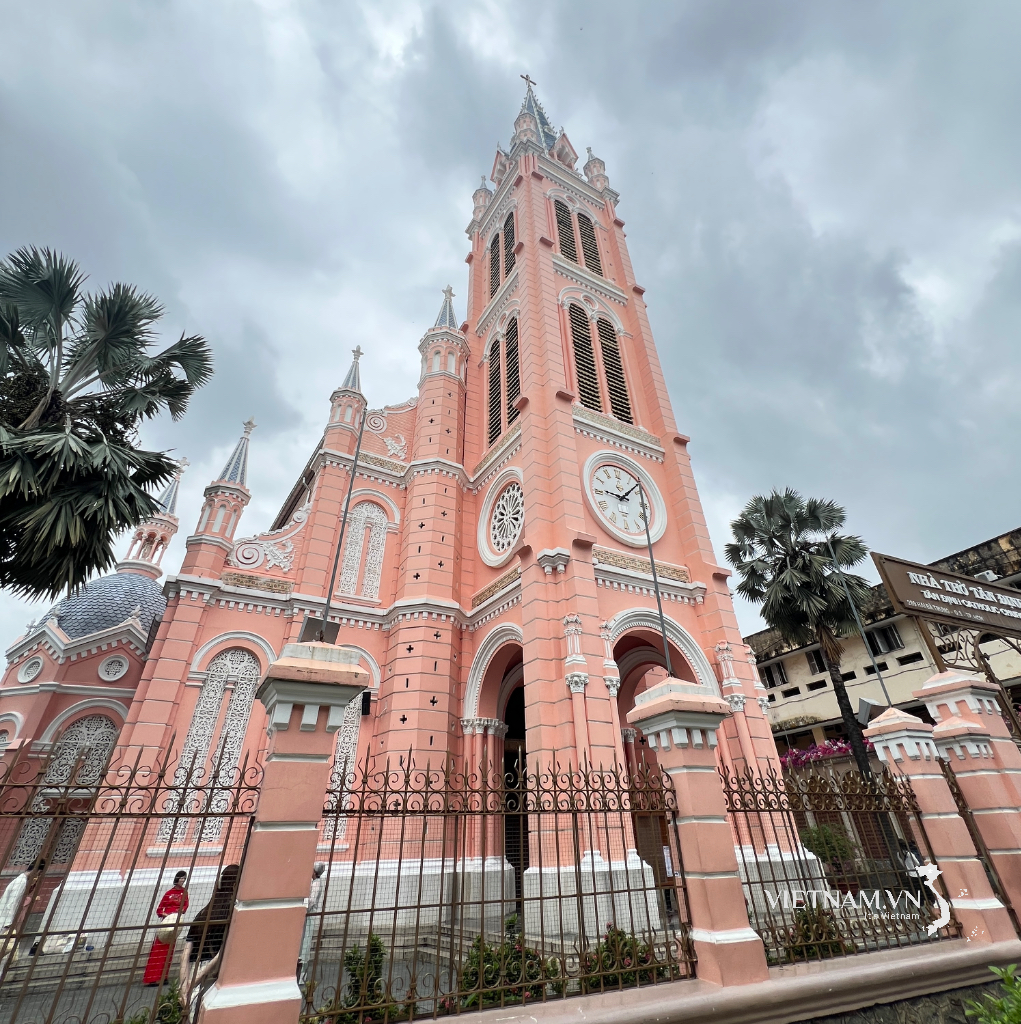
Comment (0)